Skulina Hlif Kjartansdottir
How to make [almost] anything

Week 9: Moulding and Casting
This week we will learn about moulding and casting. This is our agenda for the week.
Week 9: Assignment
The assignment for this week is to to design an 3D mould and cast parts from it. The processes of moulding and casting are ancient processes and stretch back to old civilisations of Asia and later S-America and Europe, especially amongst the nations around the Mediteranian.
For this project I modelled a flower-shape (Transform-array-polar) that I intended to be a prototype for a chocolate mould to be cast later from silicones that are certified safe for food contact, such as Smotth-Sil 940 or the alike, which we did not have at the lab. The flower-form was modelled in Rhino:
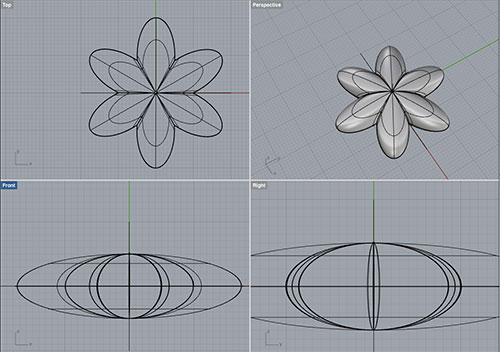
The model for the moulds was then created with boolean actions from a solid box.
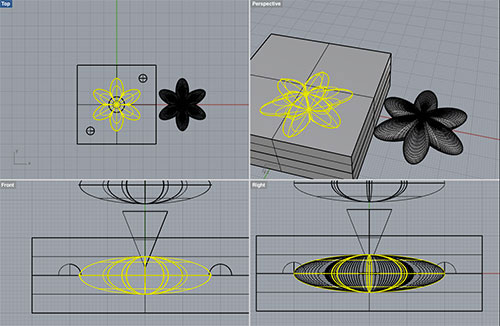
When attempting to add air vents and a funnel I discovered that the modelling of the flower-form was not quite solid, as it had "naked-edges that had to be repaired:
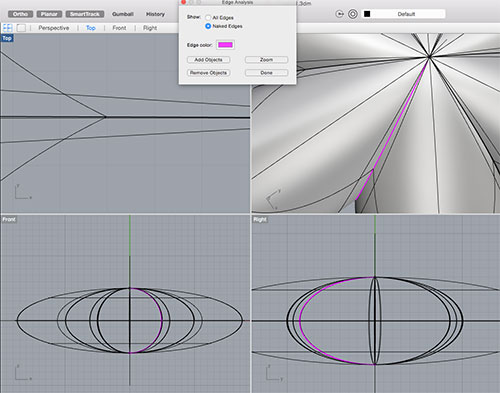
I found a good guide for Preparing Rhino files for 3D Printing. it enabled me to find a way to close the edges and complete the modelling:
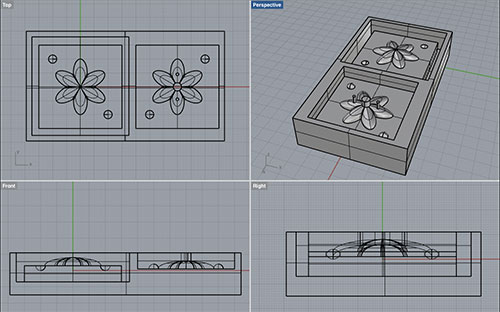
The milling was done on a new Roland SRM-20 machine using Roland Modela Player 4 software and the default settings for machinable wax:
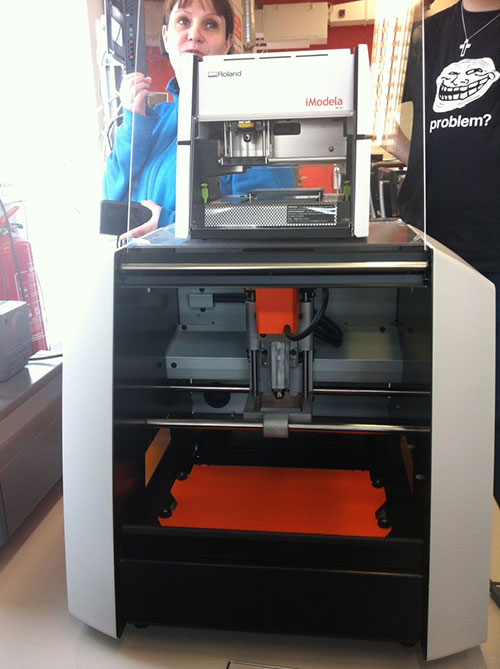
The roughing and finishing toolspaths were set and the tools chosen for the job.
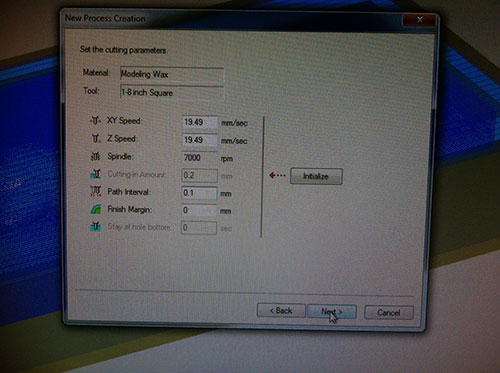
A square of machinable wax was taped to the bed of the iModela and the tool and location was secured.
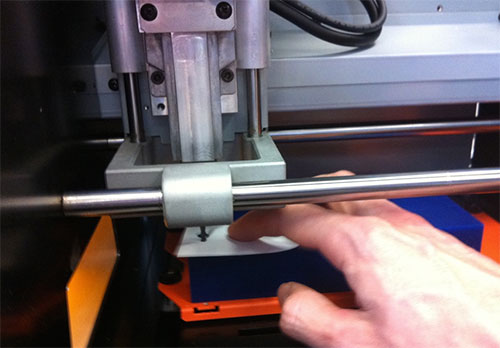
The milling did complete successfully:
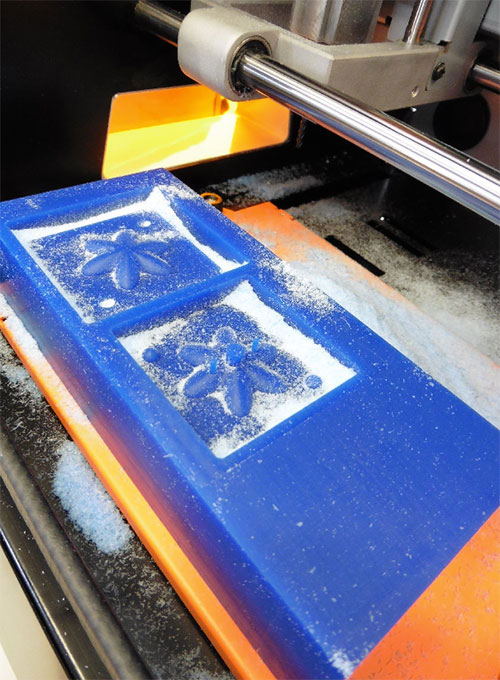
The next step was to use the milled surfaces to create a mould for later castings. For this I used Oomoo silicone rubber compounds. Wearing gloves the two compounds are mixed í equal ammounts, taking care to calculate the volume. This can be done in Rhino by selecting Analyse-massproperties-volume, the volume turned out to be 136 ml. Stirring should be done slowly and small sticks or toothpicks can be used for driving air bubbles out of the silicon compound before it settles.
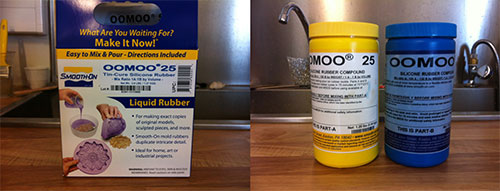
The moulds are used for casting the flower-form and I tested this with Hydro-Stone Super X and DryStone Casting Media.
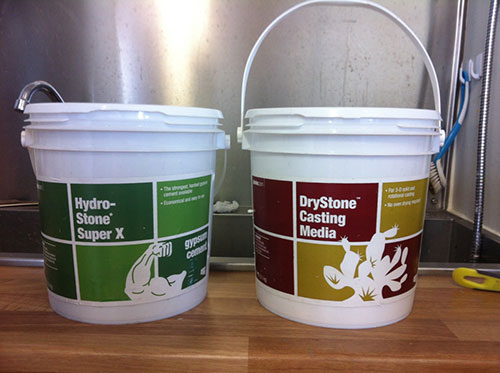
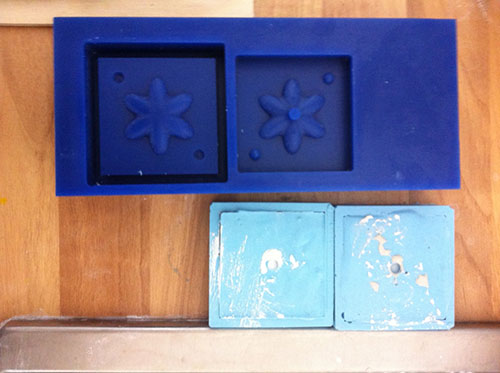
I did cast the mould for casting twice as the first try did have some air-bubble marks on it. In the latter attempt The result was better with fewer holes. I used a toothpick to poke the moulding material in crevices and that seemed to drive out the bubbles somewhat.
Finally, I did cast two flowers, one in Dry Stone Casting Media and the other in Hydro Stone Super X gypsum cement (plaster.com). The HuydroStone seemed firmer and to cast better from these moulds.
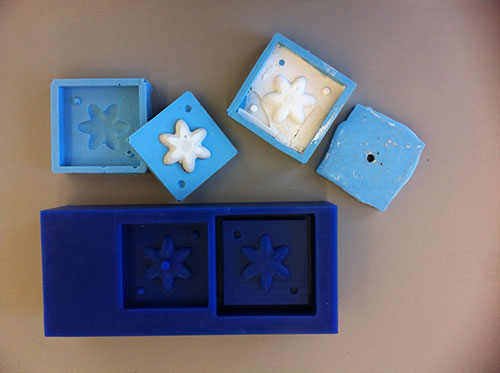
Plans for next Week
Study moulds and casting materials.
Notes
My Notes from this week.